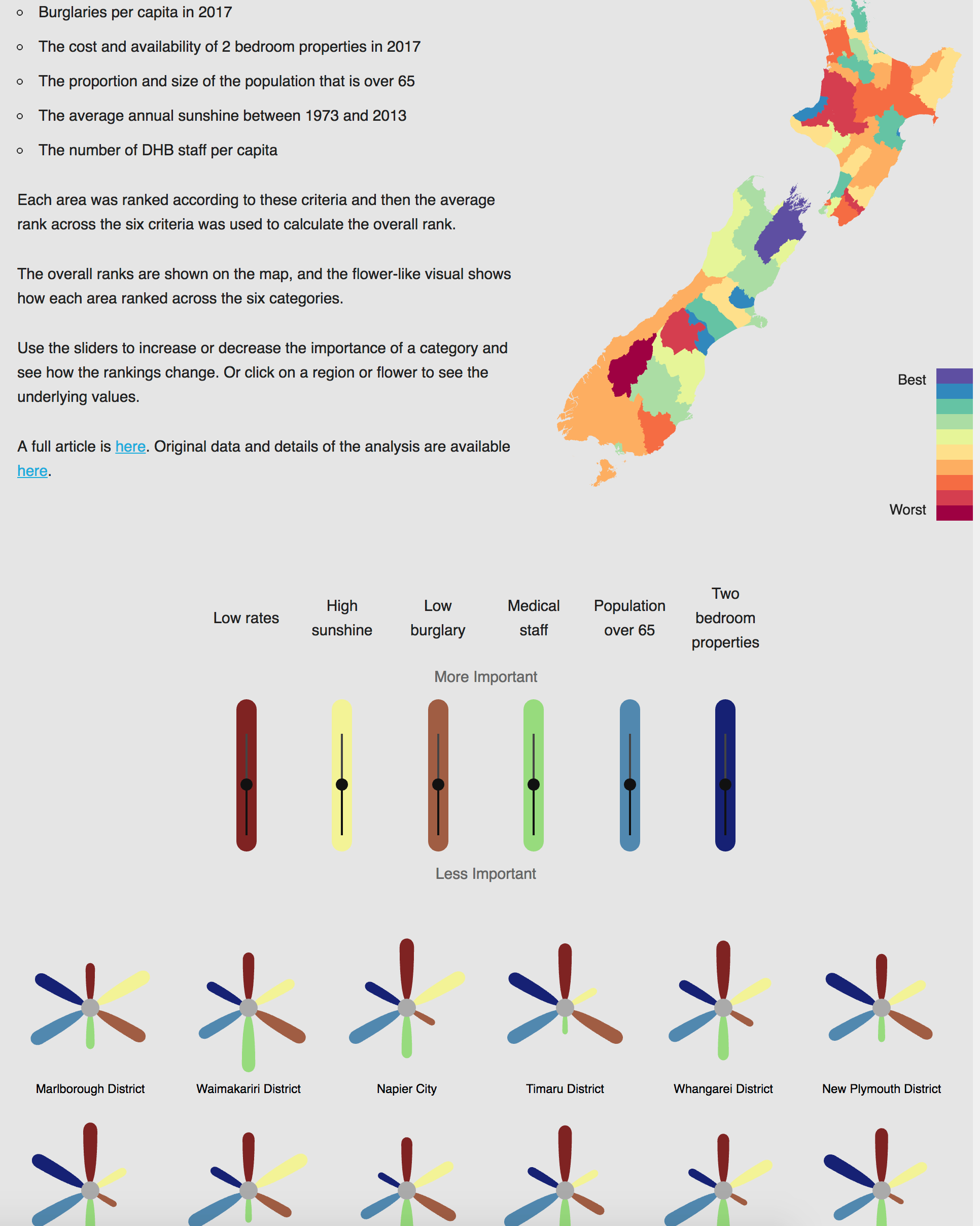Super 15 Predictions for Round 3
Team Ratings for Round 3
The basic method is described on my Department home page.
Here are the team ratings prior to this week’s games, along with the ratings at the start of the season.
| Current Rating | Rating at Season Start | Difference | |
|---|---|---|---|
| Crusaders | 15.98 | 15.23 | 0.80 |
| Hurricanes | 15.04 | 16.18 | -1.10 |
| Lions | 13.15 | 13.81 | -0.70 |
| Highlanders | 9.87 | 10.29 | -0.40 |
| Chiefs | 8.53 | 9.29 | -0.80 |
| Sharks | 1.57 | 1.02 | 0.60 |
| Brumbies | 1.20 | 1.75 | -0.50 |
| Stormers | 0.86 | 1.48 | -0.60 |
| Blues | 0.18 | -0.24 | 0.40 |
| Waratahs | -3.42 | -3.92 | 0.50 |
| Bulls | -3.65 | -4.79 | 1.10 |
| Jaguares | -4.41 | -4.64 | 0.20 |
| Reds | -11.15 | -9.47 | -1.70 |
| Rebels | -13.29 | -14.96 | 1.70 |
| Sunwolves | -17.87 | -18.42 | 0.60 |
Performance So Far
So far there have been 9 matches played, 6 of which were correctly predicted, a success rate of 66.7%.
Here are the predictions for last week’s games
| Game | Date | Score | Prediction | Correct | |
|---|---|---|---|---|---|
| 1 | Highlanders vs. Blues | Feb 23 | 41 – 34 | 14.00 | TRUE |
| 2 | Rebels vs. Reds | Feb 23 | 45 – 19 | -2.00 | FALSE |
| 3 | Sunwolves vs. Brumbies | Feb 24 | 25 – 32 | -16.20 | TRUE |
| 4 | Crusaders vs. Chiefs | Feb 24 | 45 – 23 | 9.40 | TRUE |
| 5 | Waratahs vs. Stormers | Feb 24 | 34 – 27 | -1.30 | FALSE |
| 6 | Lions vs. Jaguares | Feb 24 | 47 – 27 | 21.80 | TRUE |
| 7 | Bulls vs. Hurricanes | Feb 24 | 21 – 19 | -17.00 | FALSE |
Predictions for Round 3
Here are the predictions for Round 3. The prediction is my estimated expected points difference with a positive margin being a win to the home team, and a negative margin a win to the away team.
| Game | Date | Winner | Prediction | |
|---|---|---|---|---|
| 1 | Blues vs. Chiefs | Mar 02 | Chiefs | -4.80 |
| 2 | Reds vs. Brumbies | Mar 02 | Brumbies | -8.90 |
| 3 | Crusaders vs. Stormers | Mar 03 | Crusaders | 19.10 |
| 4 | Sunwolves vs. Rebels | Mar 03 | Rebels | -0.60 |
| 5 | Sharks vs. Waratahs | Mar 03 | Sharks | 9.00 |
| 6 | Bulls vs. Lions | Mar 03 | Lions | -13.30 |
| 7 | Jaguares vs. Hurricanes | Mar 03 | Hurricanes | -15.40 |

 tion.
tion. Auckland (left) will embark on a daring statistical graphics journey featuring the BrailleR package for visually-impaired users, high-performance computing, te reo, and XKCD.
Auckland (left) will embark on a daring statistical graphics journey featuring the BrailleR package for visually-impaired users, high-performance computing, te reo, and XKCD.  Professor in the Department of Statistics at the University of Auckland. Ross, along with Robert Gentleman, co-created R – a statistical programming language now used by the majority of the world’s practicing statisticians. It is hard to over-emphasise the importance of Ross’s contribution to our field, so we named this lecture series in his honour to recognise his work and contributions to our field in perpetuity.
Professor in the Department of Statistics at the University of Auckland. Ross, along with Robert Gentleman, co-created R – a statistical programming language now used by the majority of the world’s practicing statisticians. It is hard to over-emphasise the importance of Ross’s contribution to our field, so we named this lecture series in his honour to recognise his work and contributions to our field in perpetuity.